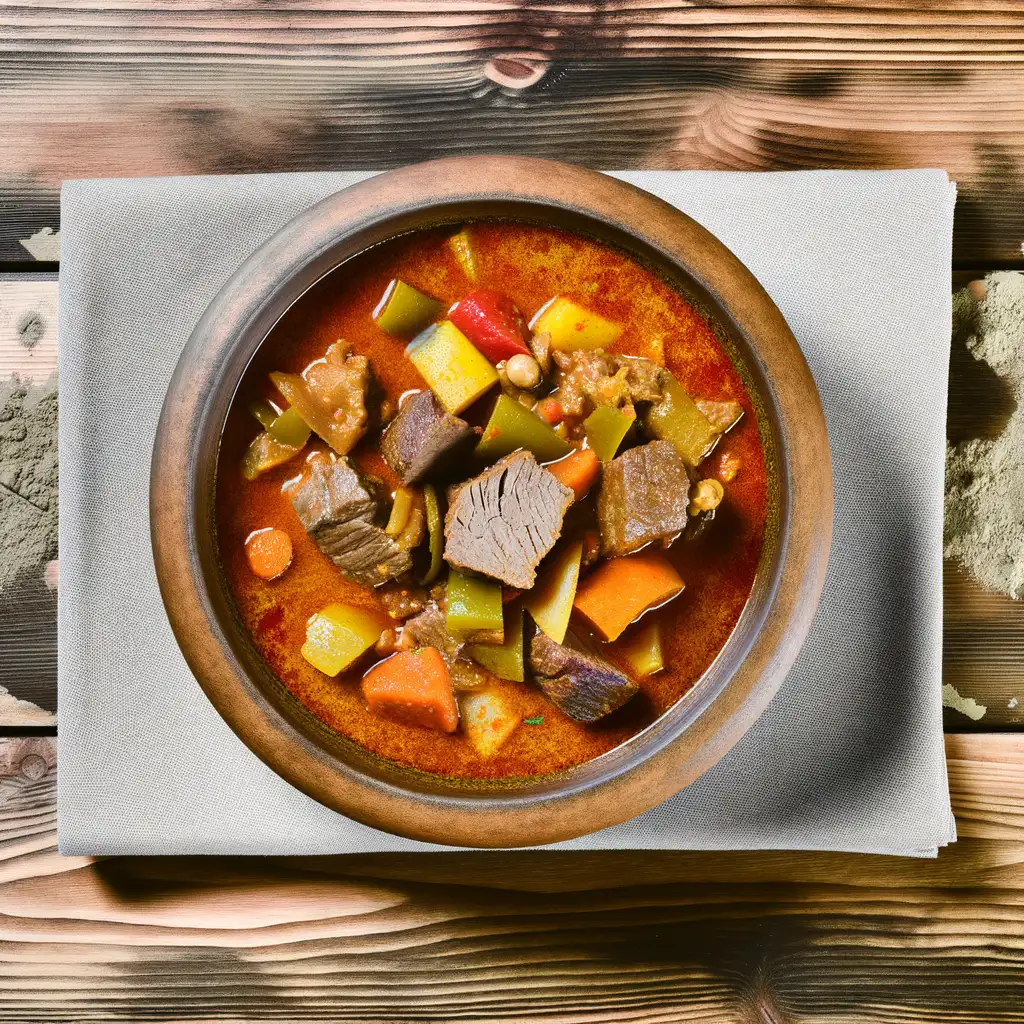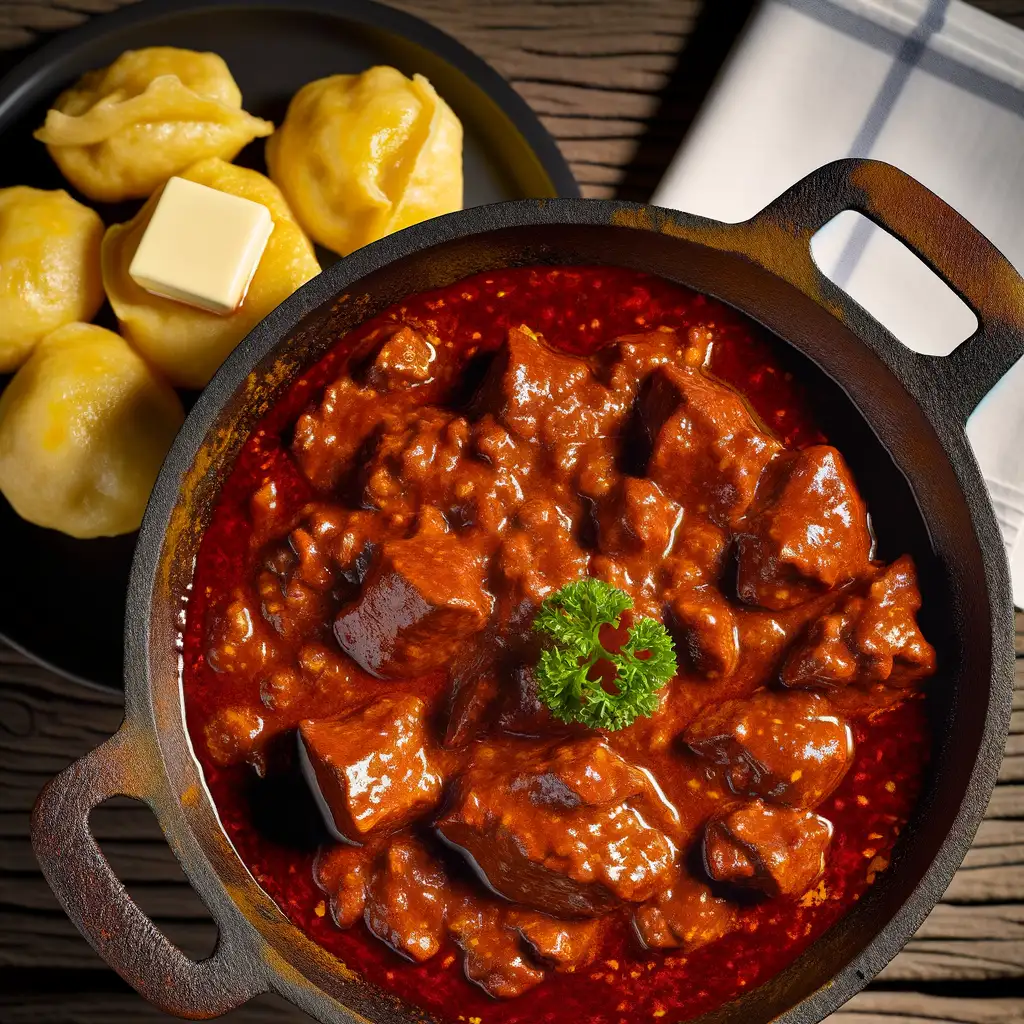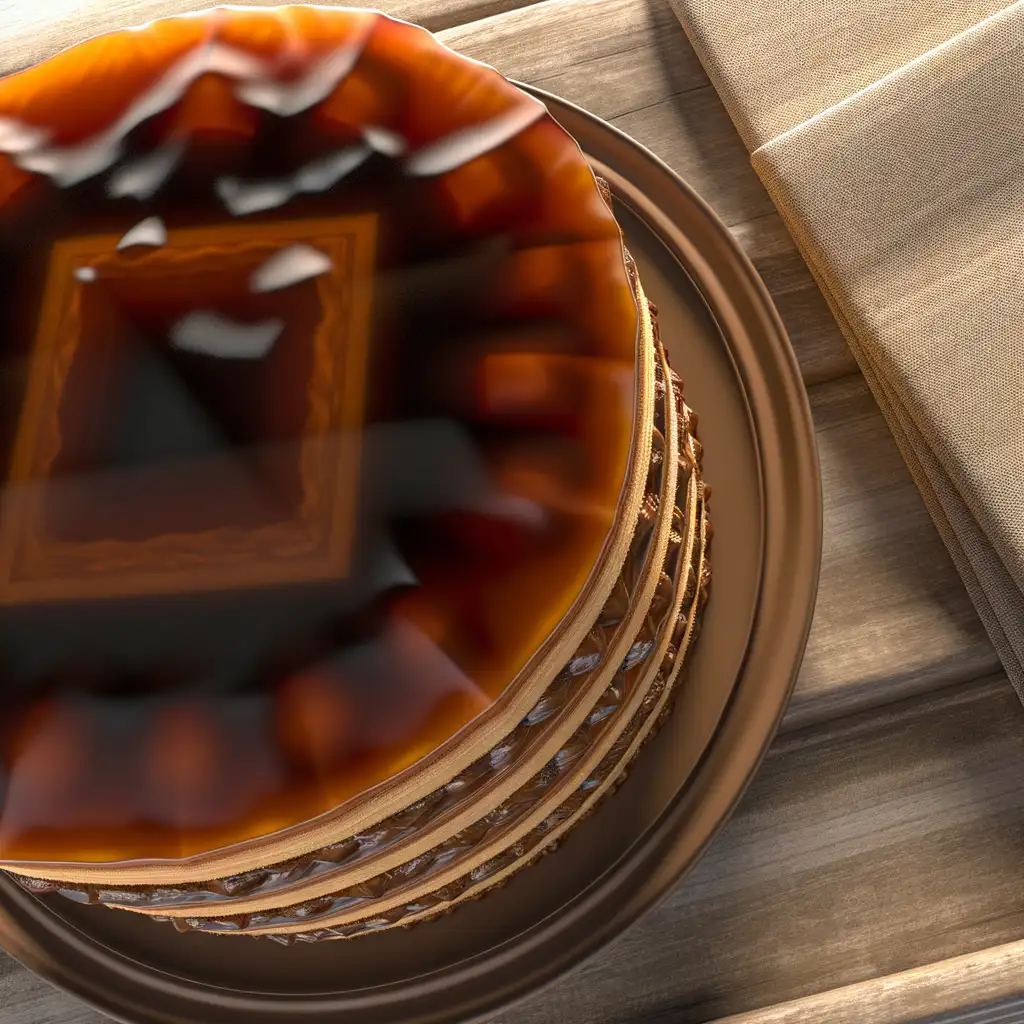



If you wander into Budapest’s VI. kerület,Terézváros,you’ll immediately feel the pulse of a neighborhood that’s both lively and intimate. It’s where the city’s artistic soul hums quietly beneath the buzz of everyday life. Picture strolling down Andrássy Avenue,flanked by elegant Neo-Renaissance buildings,their intricate facades catching the golden afternoon light. The air carries a mix of freshly brewed coffee,warm pastries from nearby cafés,and the faint,inviting scent of chimney cake from street vendors. It’s a place where old-world charm meets youthful energy,and you can almost hear the soft murmur of conversations spilling out from cozy bistros and wine bars. The district is alive with culture—opera lovers flock to the grand Hungarian State Opera House,its ornate interiors whispering stories of centuries past. But it’s not just about the big landmarks; it’s the little moments that make Terézváros special. Like the clinking of glasses in a tucked-away ruin pub,or the rustle of pages in a secondhand bookstore nestled between art galleries. On weekends,the streets fill with the laughter of locals and visitors alike,sharing plates of goulash or sampling craft beers brewed just around the corner. What I love most is how Terézváros feels like a living,breathing canvas—where history,creativity,and everyday life blend seamlessly. Whether you’re people-watching from a café terrace or catching an impromptu street performance,there’s a warmth here that invites you to slow down and soak it all in. It’s a neighborhood that stays with you long after you’ve left,making you want to come back and discover even more.
The information on this page is currently being reviewed by Tripkliq and should be used as a guide only
Eng word: Hello
Eng pronunciation: See-ya
Local language: Szia
Eng word: Goodbye
Eng pronunciation: Vees-laht
Local language: Viszlát
Eng word: Thank you
Eng pronunciation: Kuh-suh-nuhm
Local language: Köszönöm
Eng word: How much
Eng pronunciation: Men-yee-beh keh-rool
Local language: Mennyibe kerül
Eng word: Toilet
Eng pronunciation: Vay-tsay
Local language: WC
Eng word: Help me
Eng pronunciation: Sheg-eet-sheg
Local language: Segítség
Eng word: Yes
Eng pronunciation: Ee-gen
Local language: Igen
Eng word: No
Eng pronunciation: Nem
Local language: Nem
Eng word: Excuse me
Eng pronunciation: El-ney-zesht
Local language: Elnézést
The VI. kerület, also known as Terézváros, was officially formed in the early 19th century, named after Saint Theresa. It quickly developed into an elegant area, showcasing the growth and prosperity of Budapest.
Constructed between 1872 and 1885, Andrássy Avenue is Budapest VI. kerület's most prominent boulevard, connecting the city center with City Park. Lined with neoclassical buildings, embassies, and luxury boutiques, it was recognized as a World Heritage Site in 2002.
Opened in 1884, the Hungarian State Opera House is a stunning example of neo-Renaissance architecture with superb acoustics, making it one of Europe's premier opera facilities, and a highlight of the district.
Constructed in 1896 to mark the thousandth anniversary of the Hungarian conquest of the Carpathian Basin. The square features the Millennium Monument, with statues of the leaders of the seven tribes that founded Hungary and other national leaders.
Opened in 1896, the Millennium Underground Railway is Continental Europe's first underground railway system, primarily constructed to transport people to the city park without disturbing the aesthetic of Andrássy Avenue above.
Founded by the renowned composer Franz Liszt in 1875, this prestigious music academy has been a center for music education and performance, fostering a rich musical culture in Budapest and beyond.
City Park, adjacent to the VI. district, is one of Budapest's largest and most iconic public parks. It was established in the 18th century and later redesigned for the national millennium celebrations in 1896, offering a lush escape with historical landmarks.
At the turn of the 20th century, Budapest, including the VI. district, became a center for the Art Nouveau movement, with architects like Ödön Lechner contributing to the city's aesthetic with buildings that are still celebrated today.
Terézváros, like much of Budapest, faced significant damage during World War II. The post-war era was a time of reconstruction and revival, with efforts focused on restoring the district's historic architecture and cultural landmarks.
In Budapest VI. kerület, the most common Power Adaptor is Type C, Type F.



A traditional Hungarian stew made with beef, vegetables, and paprika, often served with bread.

A hearty meat stew, usually made with beef or pork, cooked with onions, paprika, and other spices.

A deep-fried flatbread typically topped with sour cream and cheese, popular as a street food snack.

Savory pancakes filled with meat, typically served with a rich sauce, often enjoyed as a main dish.

Stuffed cabbage rolls filled with a mixture of meat and rice, cooked in a tomato sauce.

A famous Hungarian dessert consisting of layers of sponge cake and chocolate buttercream, topped with caramel.

A sweet, spiral-shaped pastry cooked over an open flame, often coated with sugar and cinnamon.


Vienna feels like stepping into a living storybook where every street hums with history and charm. The moment you wander through its grand boulevards,you’re wrapped in a warm embrace of baroque architecture,cozy coffeehouses,and the gentle melodies of street musicians playing waltzes nearby. There’s a rhythm to the city — elegant yet inviting — where the past and present dance together effortlessly.
As you stroll along the Danube or through the lush gardens of Schönbrunn Palace,you catch the scent of freshly baked strudel mingling with the earthy aroma of roasted coffee beans from a nearby café. The city’s café culture is something special; sitting down with a slice of Sachertorte and a strong Viennese coffee feels like a small,delicious ritual. You’ll hear the soft clink of porcelain cups and the murmur of locals deep in conversation,making you feel instantly at home.
Vienna’s character is a blend of refined artistry and genuine warmth. It’s a place where grand opera houses and modern galleries coexist,and where the locals’ pride in their musical heritage is palpable. Whether you’re exploring the vibrant Naschmarkt with its colorful stalls or catching a live performance in a centuries-old concert hall,Vienna invites you to slow down,savor the moment,and soak in its timeless elegance.
Prague feels like stepping into a storybook where every corner hums with history and charm. The moment you wander onto the cobblestone streets of the Old Town,you’re wrapped in a warm,timeless embrace. The air carries a mix of fresh-baked pastries and rich coffee from cozy cafés,mingling with the faint scent of aged wood and stone from centuries-old buildings. As you stroll across the iconic Charles Bridge,the soft murmur of the Vltava River below blends with the distant melodies of street musicians,creating a soundtrack that’s both lively and soothing.
What’s truly captivating about Prague is its effortless blend of old and new. Gothic spires and baroque facades stand proudly alongside vibrant street art and bustling markets. The city pulses with a creative energy,from the quirky art galleries tucked away in narrow alleys to the lively beer gardens where locals and travelers clink glasses over hearty Czech fare. There’s a genuine warmth in the way people share their culture,whether it’s through a friendly chat in a pub or an invitation to a traditional music performance.
At night,Prague transforms into a magical place where the city lights dance on the river’s surface and the aroma of roasted chestnuts fills the air. It’s a city that invites you to slow down,savor every moment,and get lost in its stories. Trust me,once you’ve experienced Prague’s unique rhythm and soul,it stays with you long after you’ve left.
If you find yourself wandering through Okres Bratislava I,you’ll immediately notice a unique blend of old-world charm and vibrant city life that feels both cozy and electric. The cobblestone streets of the historic center invite you to slow down and soak in the atmosphere,where the scent of fresh pastries mingles with the faint hum of street musicians playing in the squares. It’s the kind of place where every corner tells a story—whether it’s the medieval walls of Bratislava Castle standing proudly above the Danube or the colorful facades of buildings lining Michalská Street.
What really makes Bratislava I special is its rhythm. Mornings start with locals sipping rich Slovak coffee in sun-dappled cafés,while afternoons buzz with the chatter of artists and students spilling out from galleries and bookshops. The city’s character is a warm mix of tradition and creativity,where centuries-old churches sit side by side with trendy bistros serving up hearty bryndzové halušky (potato dumplings with sheep cheese) that taste like a comforting hug.
As evening falls,the lights reflecting off the Danube create a magical glow,and the air fills with the aroma of grilled meats and fresh bread from nearby markets. Whether you’re wandering through leafy parks or catching a live jazz set in a tucked-away cellar bar,Bratislava I feels like a place that invites you to linger,explore,and fall a little in love with its easygoing spirit and rich culture.
Imagine wandering through a city where the old world gently brushes against the new,and every corner hums with a quiet,inviting energy—that’s Zagreb. From the moment you step into its cobbled streets,you’re wrapped in a warm,lived-in charm. The air carries the scent of fresh coffee mingling with blooming linden trees,while the distant chatter from open-air cafés spills into the streets,inviting you to slow down and savor the moment. Zagreb doesn’t shout for attention; it welcomes you like an old friend,with a smile and a story.
The city’s character is a delightful blend of Austro-Hungarian elegance and vibrant Croatian spirit. Strolling through the Upper Town,you’ll catch glimpses of medieval towers and baroque facades,while the Lower Town buzzes with modern life—art galleries,quirky boutiques,and lively markets where you can taste local cheeses,honey,and the unmistakable sweetness of fresh figs. Music often drifts from street performers,adding a soundtrack to your exploration that feels both spontaneous and soulful.
What makes Zagreb truly special is its rhythm—unhurried yet alive. Whether you’re sipping a glass of robust Croatian wine in a cozy tavern or watching the sunset paint the rooftops in shades of gold and rose,there’s a sense of belonging here. It’s a city that invites you to not just see it,but to feel it,to become part of its story,even if just for a little while.
Imagine stepping into a city where every corner feels like a scene from a timeless painting—Venice is exactly that kind of place. The moment you arrive,the gentle lapping of water against ancient stone buildings wraps around you like a soft melody. Instead of streets,there are winding canals,and instead of cars,gondolas glide silently beneath ornate bridges,their oars dipping rhythmically into the emerald water. The air carries a mix of salty sea breeze and the faint aroma of fresh espresso and baked pastries from nearby cafés,inviting you to slow down and savor the moment.
Venice has this magical,almost dreamlike quality. The light here is different—soft and golden in the mornings,casting long shadows on the labyrinth of narrow alleys and colorful facades. You’ll find yourself wandering without a map,getting delightfully lost among the bustling markets,where vendors call out in melodic Italian,selling everything from fresh seafood to vibrant Murano glass. The city’s rich history whispers from every corner,from the grandeur of St. Mark’s Basilica to the quiet charm of tucked-away piazzas where locals sip wine and chat as if time has paused.
What makes Venice truly unforgettable is its rhythm—slow,intimate,and deeply human. It’s a place where you can hear the laughter of children playing by the water,the clinking of glasses in cozy trattorias,and the soft hum of a street musician’s violin. Visiting Venice isn’t just about seeing a city; it’s about feeling its heartbeat,tasting its flavors,and becoming part of its endless story.
If you ever find yourself wandering through the sun-drenched streets of Dubrovnik,you’ll immediately feel like you’ve stepped into a living storybook. The city’s ancient stone walls rise proudly against the sparkling Adriatic,and as you stroll along the marble-paved Stradun,the salty sea breeze mingles with the scent of fresh pine and blooming bougainvillea. There’s a rhythm here—a gentle hum of life where history and modern charm dance together effortlessly.
Dubrovnik’s character is woven into every corner:the clatter of café cups,the murmur of locals chatting in cozy taverns,and the distant call of seagulls overhead. You can almost taste the city in the air—briny and fresh,with hints of grilled seafood and ripe figs from the markets. Sitting at a seaside restaurant,watching the sun dip behind the fortress walls,you’ll savor dishes bursting with Mediterranean flavors,paired with a glass of crisp Croatian white wine.
What makes Dubrovnik truly special is how it balances its rich past with a vibrant present. The city’s narrow alleys invite exploration,revealing tucked-away galleries,artisan shops,and lively squares where music spills out into the streets. Whether you’re tracing the footsteps of ancient mariners or simply soaking up the golden light on a quiet terrace,Dubrovnik feels like a warm embrace—inviting,timeless,and utterly unforgettable.
Tourists may be offered poor exchange rates or counterfeit currency at unofficial exchange booths or by individuals on the street.
Scammers posing as police officers may approach tourists, ask for identification, and claim there is an issue with their currency or documents, demanding on-the-spot fines.
Scammers may sell fake tickets to attractions or offer non-existent tours, leaving tourists stranded or out of money.
Tourists may be lured into certain clubs or bars by promoters, only to be hit with exorbitant bills or pressured into paying for overpriced drinks.
Some taxi drivers may overcharge tourists by not using the meter or taking unnecessarily long routes.
Crowded areas, public transportation, and tourist attractions are hotspots for pickpockets who target distracted tourists.
Certain establishments may inflate bills, add hidden service charges, or charge exorbitant prices for drinks and food, especially in tourist-heavy areas.
Some individuals may aggressively demand money after performing or use emotional tactics to solicit donations from tourists.
Hungary has strict drug laws, and the possession, use, or distribution of illegal drugs is a criminal offense. This includes cannabis, which is illegal for both recreational and medical use. Penalties can be severe, including imprisonment. Tourists should avoid any involvement with illegal drugs to avoid legal consequences.
In Budapest VI. kerület, as in the rest of Hungary, smoking is prohibited in all enclosed public spaces, including restaurants, bars, and public transportation. Smoking is also banned in certain outdoor areas such as playgrounds, bus stops, and within a certain distance from the entrances of public buildings. Designated smoking areas are available in some places, and fines can be imposed for violations.
Vaping is subject to similar regulations as smoking in Budapest VI. kerület. It is prohibited in enclosed public spaces and certain outdoor areas. Vaping is allowed in designated areas, and violators may face fines. It is advisable to look for signs indicating whether vaping is permitted or to ask local authorities or establishment staff.
What are other people saying about Budapest VI. kerület?
Recent Social posts about Budapest VI. kerület
There is nothing to show you for now.